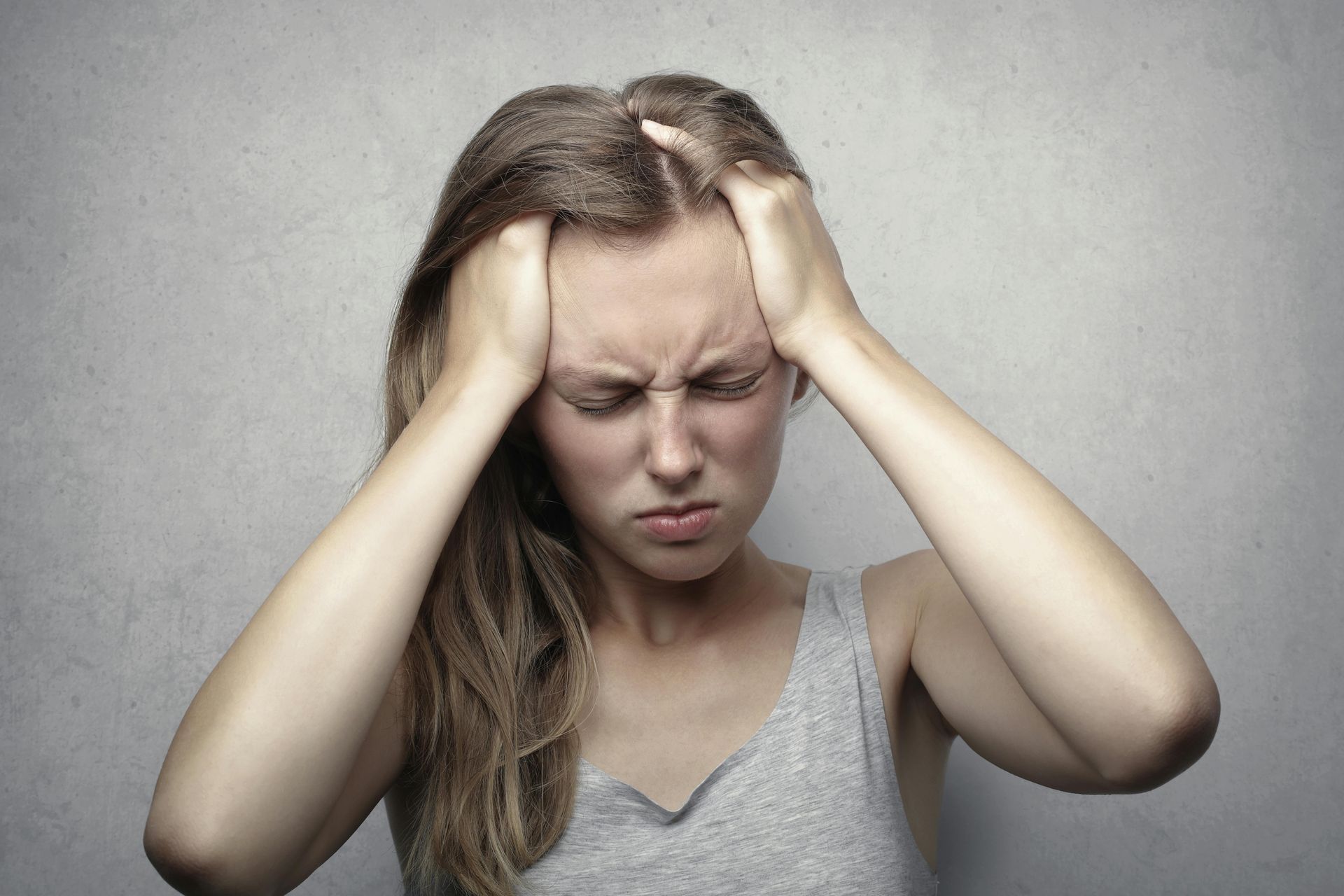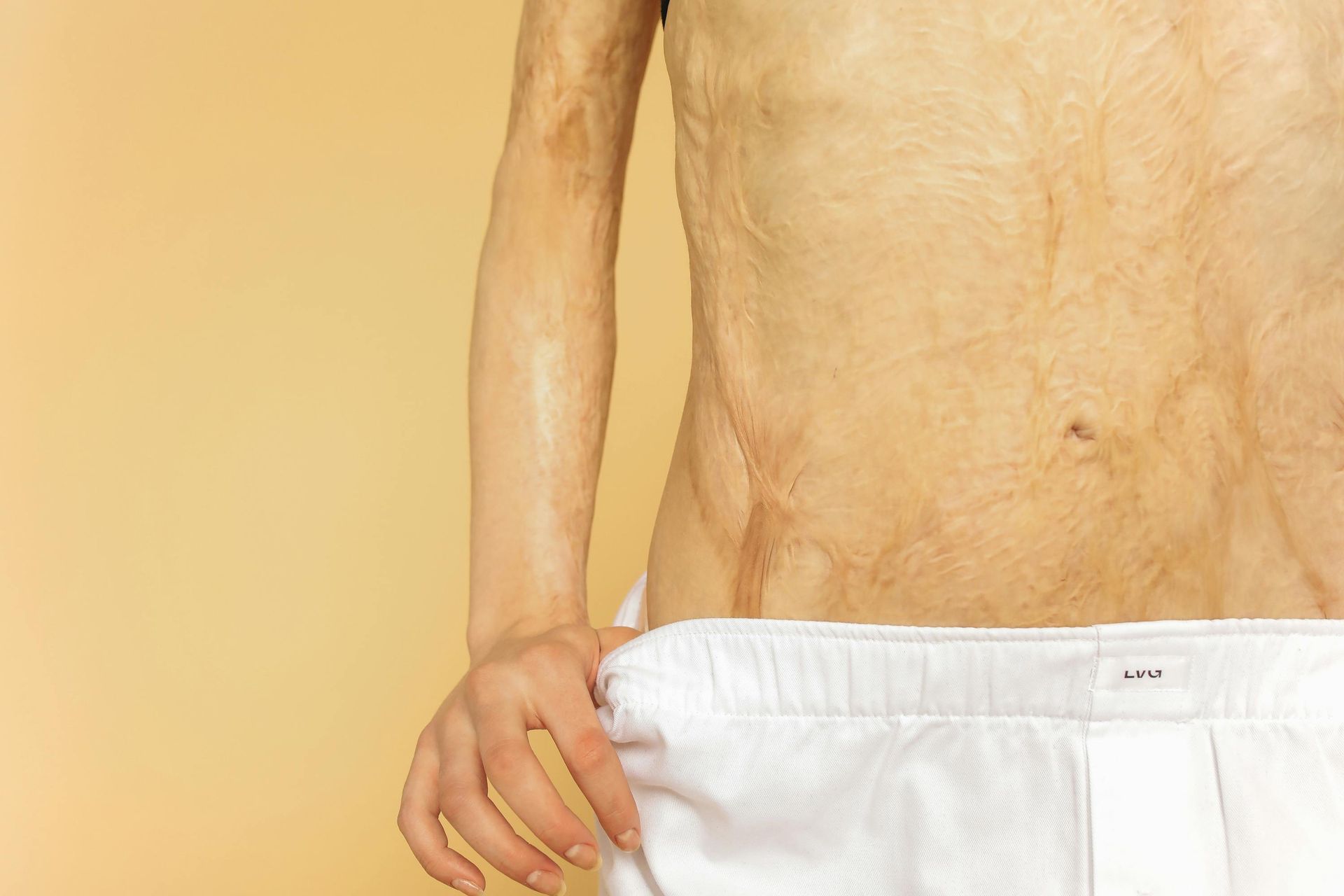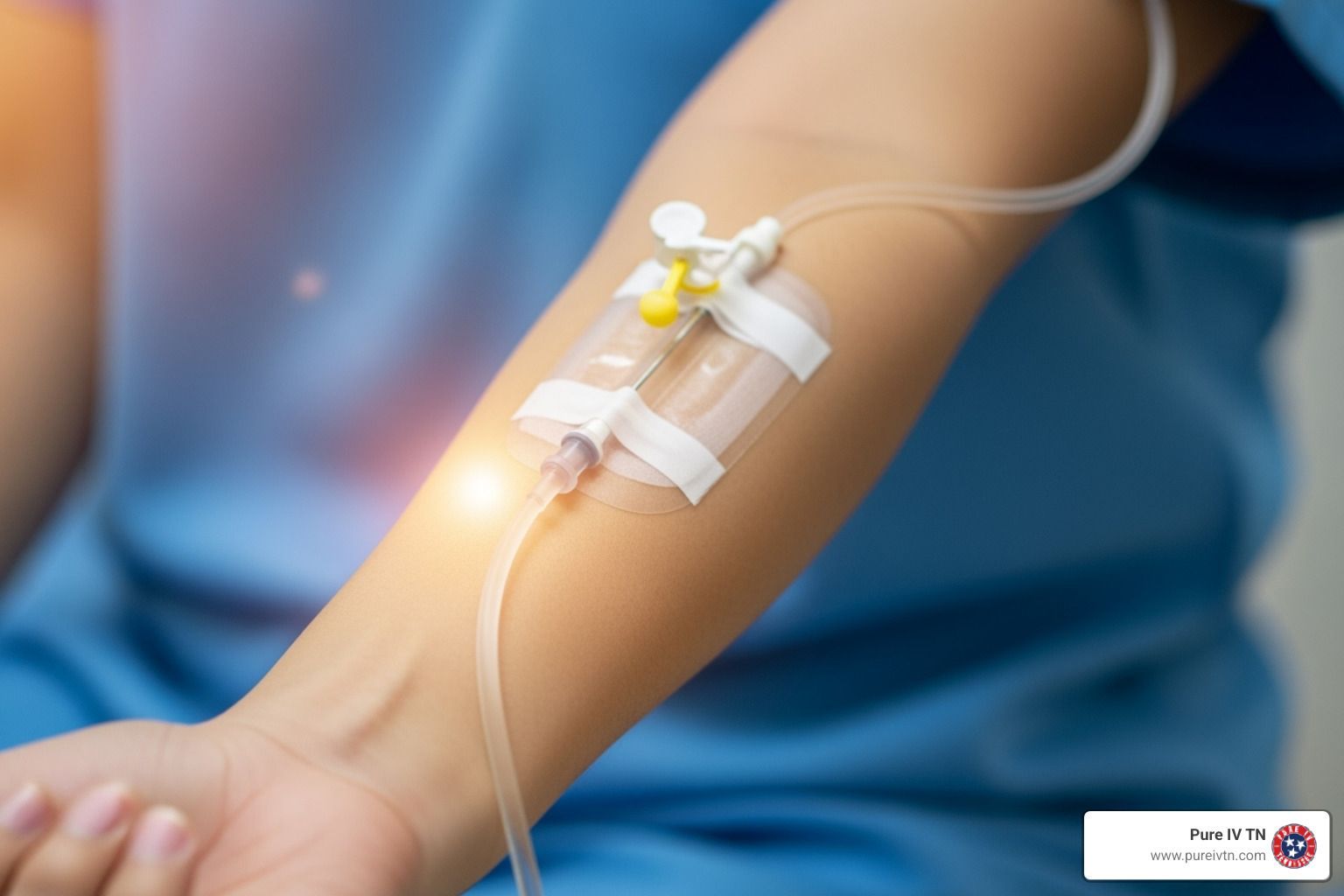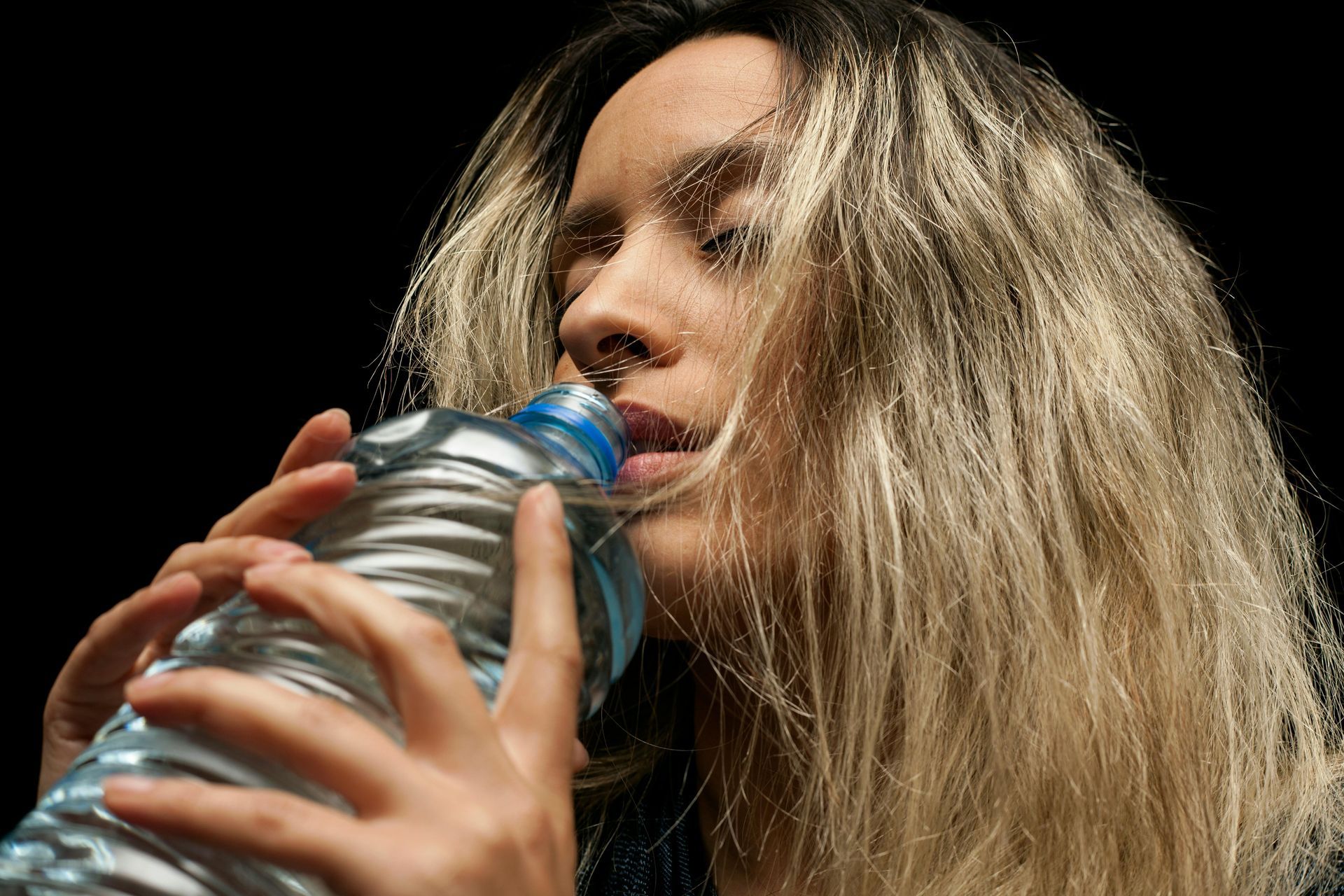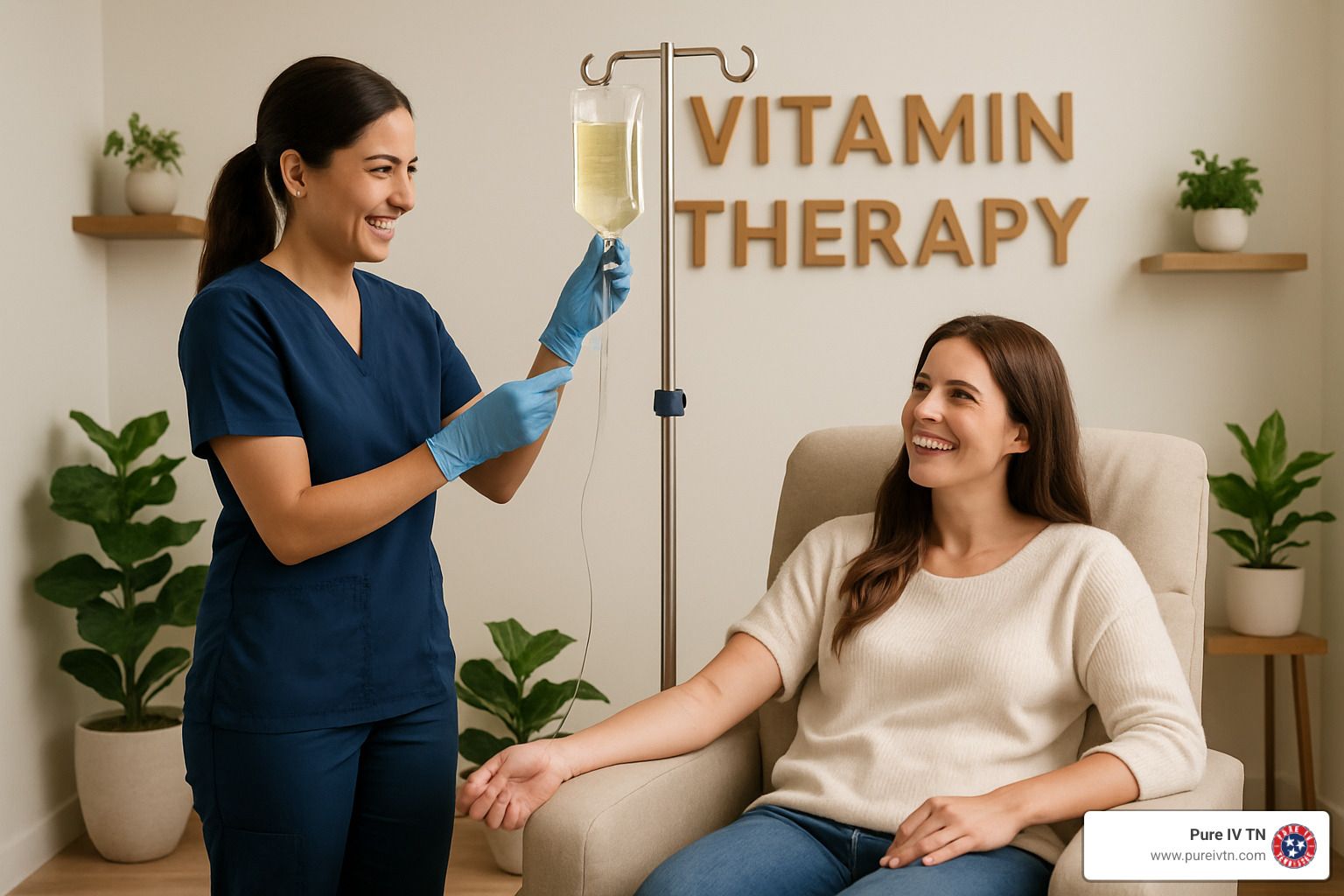Keto Diet Dehydration: Causes, Symptoms, and How to Prevent It
The keto diet has become a popular choice for weight loss and improved metabolic health. By following a low-carb diet, the body shifts to burning fat for energy, creating ketone bodies.
However, many followers are surprised by a common side effect: keto diet dehydration. This issue often appears in the first weeks of starting keto and can cause discomfort, bad breath, weakness, or even serious health risks.
Understanding why the keto diet leads to dehydration, the symptoms to watch for, and how to prevent it will help you stay safe and make the most of your journey.
Causes of Keto Diet Dehydration
The keto diet changes how your body stores and uses energy. These changes impact hydration and explain why dehydration occurs.
1. Glycogen Depletion
Glycogen is the stored form of carbohydrates in your muscles and liver. Each gram of glycogen holds several grams of water. When you cut carbs, glycogen stores quickly deplete.
As glycogen burns for energy, the water bound to it is released and excreted. This process explains why people on keto experience weight loss during the first weeks. Most of that initial weight is water, not fat.
The sudden water loss also reduces mineral balance in your body. Sodium and potassium are flushed out, causing further dehydration. This process reduces electrolyte levels, causing muscle cramps, headaches, and keto diet bad breath. Without proper fluid intake, symptoms of ketosis may worsen.
2. Increased Urination
During nutritional ketosis, blood ketone levels rise. Your kidneys respond by increasing urine output to remove excess ketones.
This frequent urination removes water and important electrolytes from the body. Sodium, potassium, and magnesium are quickly depleted. These minerals regulate heartbeat, muscle contractions, and nerve signals.
Losing them too fast causes symptoms like dizziness, muscle cramps, ketosis headaches, and irregular heartbeat. Electrolyte supplements or drinking plenty of water help prevent these effects.
3. Reduced Dietary Sources of Hydration
A low-carb diet often limits fruits, starchy vegetables, and grains, reducing natural water and electrolyte intake. These foods are normally rich in water, fiber, and electrolytes that help maintain hydration.
Without them, your body misses a key source of daily fluids. For example, cucumbers, oranges, and watermelon are over 90% water. When you cut them out, natural hydration support drops sharply.
The same goes for electrolytes. Many fruits and vegetables are high in potassium and magnesium. Cutting these from your diet can lead to digestive complaints, stomach upset, and dehydration.
4. Lifestyle Habits That Worsen Fluid Loss
Certain habits make dehydration worse during keto. Drinking coffee or alcohol increases urination and fluid loss. Both act as diuretics, pulling water out of your body.
Intense workouts also raise sweat levels. While exercise is healthy, it can quickly deplete fluids when glycogen and electrolytes are already low. If hydration is not replaced, symptoms like bad breath, cramps, or dizziness follow. Dehydration can also cause stomach complaints, including nausea or mild cramping.
Travel, hot weather, or illness can worsen these effects. Because keto already puts your body in a dehydrated state, these extra stressors make the risk of severe dehydration much higher.
Tracking fluids with a water tracking app or other fluid-tracking apps helps maintain proper water intake.
Common Symptoms of Keto Diet Dehydration
Keto dehydration can show up in many ways, from mild to severe. Spotting the signs early allows you to correct the problem before it becomes dangerous.
Mild to Moderate Symptoms
These are common when your body first adapts to keto:
- Constant thirst and dry mouth: Your body is losing more fluids than usual, leaving you thirsty even after drinking.
- Fatigue or low energy–Low water and electrolytes disrupt metabolism, making you feel drained throughout the day.
- Dark urine or reduced urination–A clear warning that your kidneys are conserving water.
- Ketosis Headaches–Caused by fluid shifts in the brain and electrolyte imbalances.
- Dizziness or lightheadedness–Often happens when standing up quickly, due to lower blood pressure.
- Muscle cramps–Especially in the legs, caused by magnesium and potassium loss.
- Bad breath – Often occurs due to higher levels of ketones in the blood
These symptoms usually improve with water, electrolyte replacement, and rest. However, they should not be ignored.
Severe Symptoms That Require Medical Attention
If dehydration progresses, symptoms become more serious and even life-threatening:
- Confusion or difficulty concentrating–Signals that your brain is not getting enough fluids and electrolytes.
- Rapid heartbeat or palpitations–An electrolyte imbalance affects your circulatory system, straining your heart.
- Fainting or extreme weakness–Caused by very low blood pressure or poor circulation.
- Very low blood pressure–A dangerous sign that your body cannot maintain fluid balance.
- Seizures or muscle spasms–Rare, but possible with extreme sodium or magnesium loss.
These warning signs should never be ignored. Severe dehydration requires urgent medical treatment, often with IV hydration therapy to restore balance.
How to Prevent Keto Diet Dehydration
The good news is that dehydration on keto is preventable. With some simple steps, you will stay hydrated and energized.
- Drink plenty of water–Aim to drink at least 8-12 glasses of water daily, adjusting for activity level and environment. Aim for regular water intake, spread throughout the day. Avoid gulping too much at once..
- Replenish electrolytes–Increase your intake of electrolyte-rich foods and drinks. Good sources include salted nuts, avocados, leafy greens, bone broth, and mineral water.
- Use electrolyte supplements–When needed, consider supplements that provide sodium, potassium, and magnesium. Perfect Keto Daily Electrolytes is helpful during the initial phases of keto or if you notice dehydration symptoms.
- Monitor hydration status–Pay attention to urine color (light yellow indicates good hydration) and signals like thirst and fatigue. Consider using a water tracking app or fluid-tracking apps to monitor how many times per day you hydrate.
- Eat hydrating keto-friendly foods–Add water-rich whole foods like cucumbers, celery, and zucchini to your diet. Coconut water can also provide natural hydration.
- Maintain balanced nutrition–Dehydration risk increases if nutrient deficiency occurs. Include vitamins, minerals, and electrolytes to support metabolism and blood ketone levels.
- Improve lifestyle habits–Proper sleeping habits and moderate activity reduce fluid loss. Avoid excessive caffeine or alcohol.
Always seek medical advice if dehydration persists or symptoms worsen.
How IV Therapy Helps With Keto Diet Dehydration
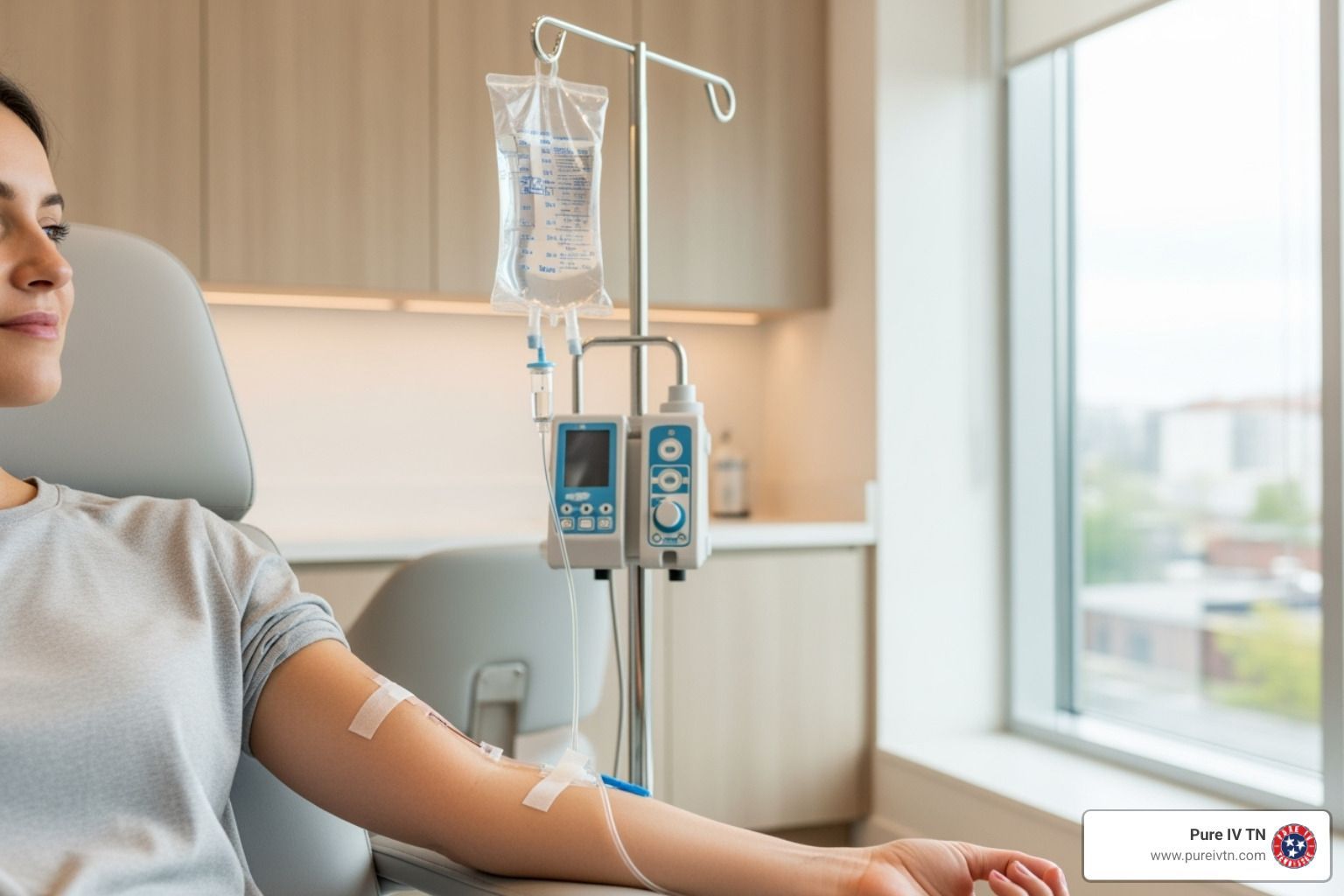
IV hydration therapy is an effective and fast way to address keto diet dehydration. Unlike drinking water or taking oral supplements, IV therapy delivers fluids and electrolytes directly into the bloodstream. This allows for immediate replenishment and improved absorption.
For keto dieters experiencing dehydration symptoms, IV hydration therapy helps restore balance quickly and efficiently. At Pure IV Tennessee, we offer customized IV hydration treatments tailored to your individual needs. For example, a Myer's Cocktail IV therapy provides extra vitamins for energy and nutrient support.
Benefits of IV hydration therapy for keto diet dehydration include:
- Rapid rehydration with fluids delivered directly into the bloodstream
- Quick restoration of electrolyte balance to relieve symptoms
- Improved energy levels and mental clarity
- Relief from muscle cramps and headaches caused by electrolyte imbalances
- Support for overall physical performance and recovery
- Prevention of complications from prolonged dehydration
- Tailored treatments customized to your specific hydration needs
IV hydration therapy not only alleviates dehydration symptoms but also supports physical performance.

